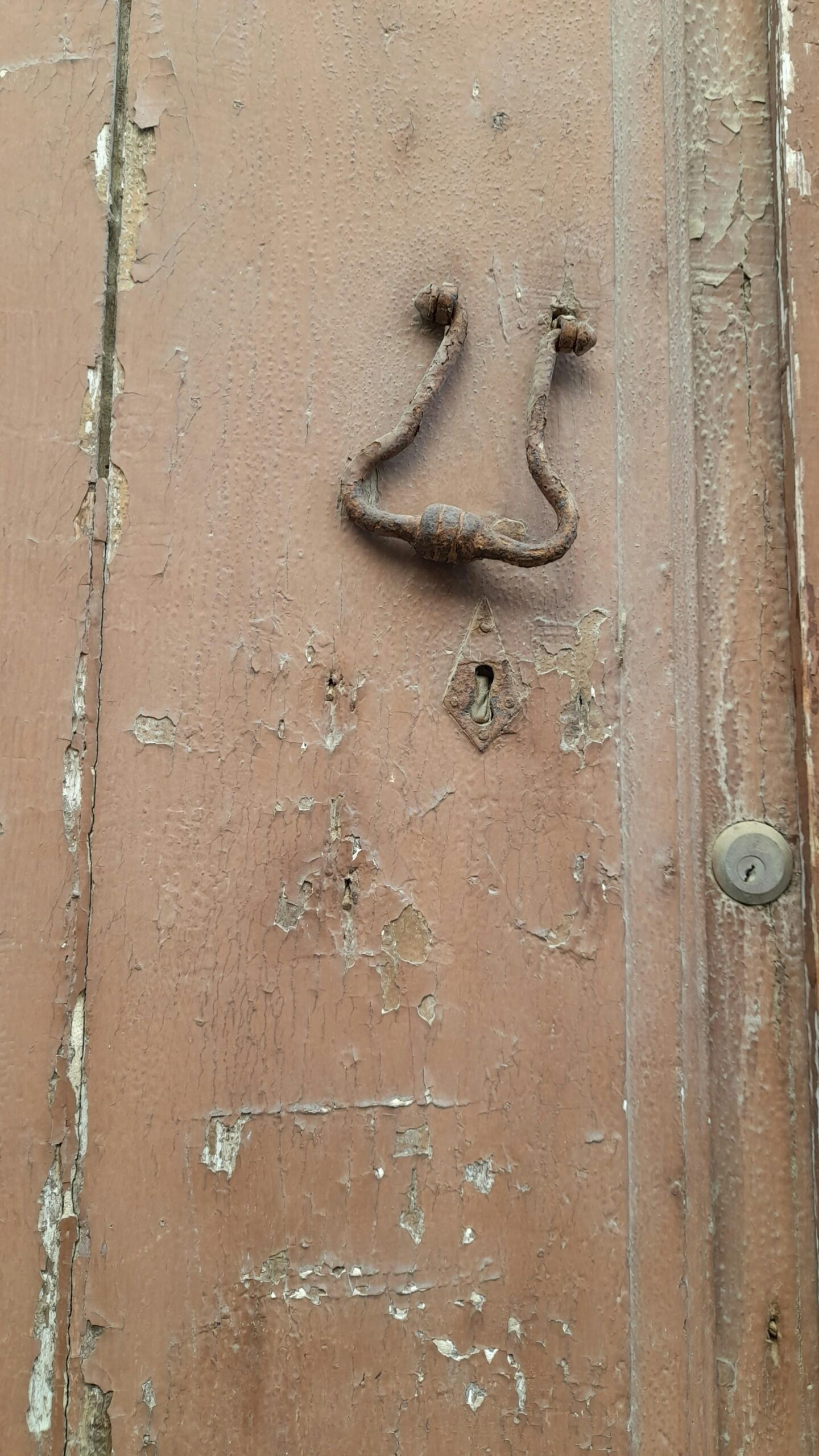Your front door is more than just an entryway-it’s the first line of defense for your home’s safety. But what if someone’s been trying to breach that security without your knowledge? Knowing how to tell if your door lock has been tampered with can save you from unexpected intrusions and give you peace of mind. In this article, we’ll explore the subtle signs and telltale clues that reveal when your lock might have been compromised, empowering you to take action before it’s too late.
Table of Contents
- Signs of Physical Damage That Indicate Forced Entry
- Unusual Wear Patterns That Suggest Unauthorized Access
- How to Inspect the Lock Mechanism for Subtle Alterations
- The Role of Security Cameras and Digital Alerts in Detecting Tampering
- Steps to Take Immediately If You Suspect Your Lock Has Been Compromised
- Q&A
- Wrapping Up
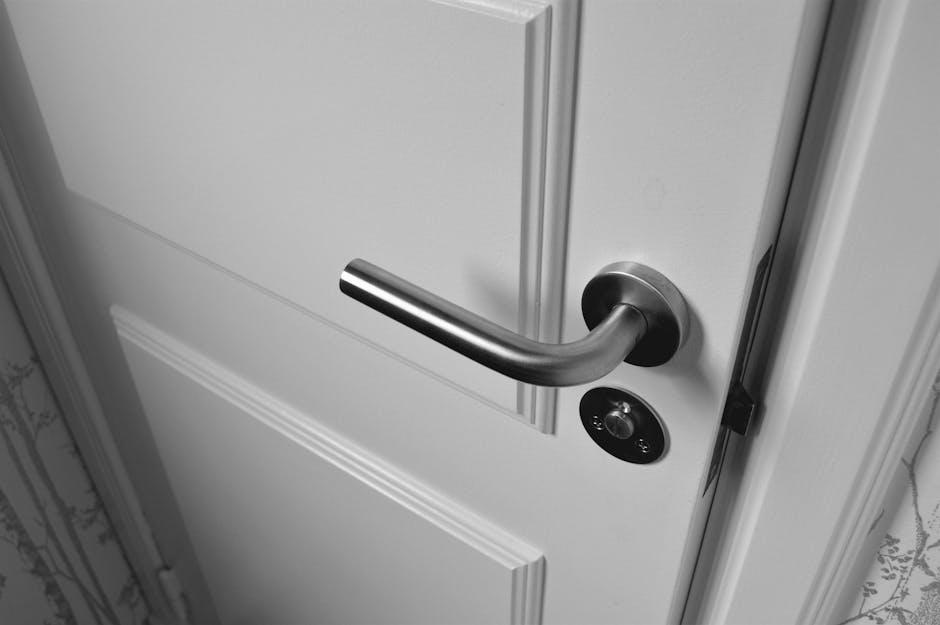
Signs of Physical Damage That Indicate Forced Entry
When examining your door lock for signs of unauthorized access, certain physical irregularities stand out as red flags. Look closely for scratches or gouges around the keyhole and handle, which often result from incorrect lock-picking attempts or prying tools. The presence of loose or misaligned screws can indicate that the lock has been forcibly manipulated or even removed. Additionally, dents or bends in the door frame surrounding the lock might suggest the use of brute force to gain entry.
Another telling indicator lies in the lock’s mechanism behavior; difficulty turning the key or a lock that feels unusually stiff can be a subtle sign that internal components have been tampered with. Below is a quick reference table summarizing common physical damage and what they typically mean:
| Physical Damage | Possible Cause | Recommended Action |
|---|---|---|
| Scratches around keyhole | Lock-picking attempt | Inspect for missing pins; consider lock replacement |
| Loose screws | Forceful tampering | Tighten or replace screws; reinforce strike plate |
| Dented door frame | Forced entry attempt | Assess frame integrity; install security reinforcement |
| Stiff key turn | Internal tampering | Lubricate lock; have a professional inspect |
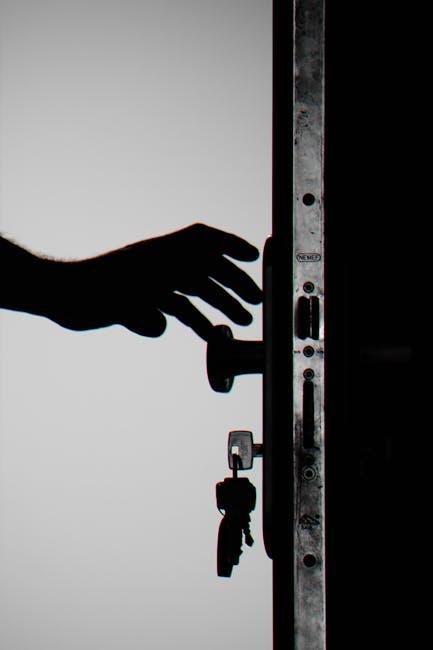
Unusual Wear Patterns That Suggest Unauthorized Access
When examining your door lock for signs of tampering, pay close attention to any wear patterns that seem out of place or inconsistent with everyday use. Look for scratches, dents, or discoloration around the keyhole that don’t align with your regular key insertion angle. Unusual smudges or greasy marks could also indicate the use of lock-picking tools, as these often leave residue in spots where your key wouldn’t normally touch. Additionally, if you notice that the edges of the lock or handle show signs of forced turning or scraping, this could suggest someone attempted entry without proper access.
Here are some specific wear clues that raise red flags:
- Asymmetric scratches: Marks on one side of the lock rather than evenly distributed.
- Unnatural keyhole enlargement: Subtle widening or deformation of the key entry point.
- Loose or wiggly lock mechanism: Suggests brute force manipulation or failed lock bumping.
- Fresh paint chips or groove marks: Often hidden beneath recently applied paint, indicating a quick fix.
| Wear Pattern | Possible Cause | Suspicion Level |
|---|---|---|
| Uneven scratches near keyhole | Lock picking attempts | High |
| Discoloration around thumb turn | Frequent unauthorized use | Medium |
| Widened key slot | Forceful key entry or tool use | High |
| Loose locking mechanism | Manipulation or damage | High |
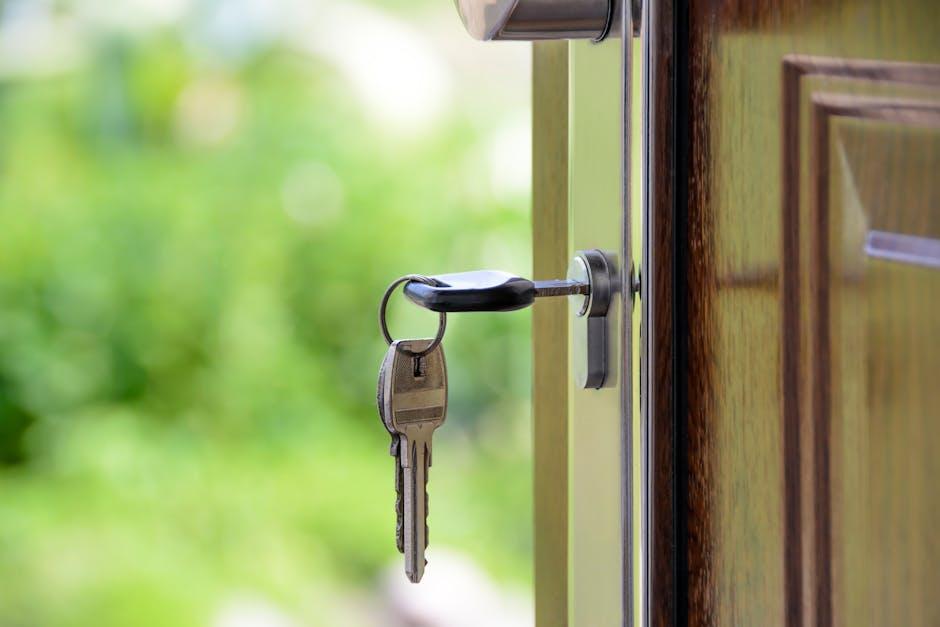
How to Inspect the Lock Mechanism for Subtle Alterations
Begin your examination by carefully checking the keyhole and surrounding area for minute scratches or unnatural wear that may indicate someone has tried to pick the lock. Use a flashlight to illuminate dark corners and look for any discrepancies in the finish or tiny metal shavings around the cylinder-these subtle alterations often go unnoticed but can reveal unauthorized access attempts. A magnifying glass can help spot slight imperfections on the pins or the lock face, which may suggest tampering tools have been used.
Next, assess the internal components visible from the keyhole (if accessible). Gently insert and rotate your genuine key; it should operate smoothly without any sticking or resistance. Pay attention to:
- Unusual looseness or loosened screws within the locking mechanism
- Misaligned bolt or latch that doesn’t fully engage
- Unfamiliar small marks or dents inside the keyway
- Signs of adhesive or foreign materials used to block or manipulate parts
Below is a quick reference table to help identify signs of tampering:
| Symptom | What it Could Indicate |
|---|---|
| Scratches around keyhole | Attempted lock picking |
| Loose or missing screws | Forced entry or mechanical tampering |
| Sticky or stiff operation | Damage to internal pins or sabotage |
| Foreign residue or adhesives | Attempt to disable lock function |
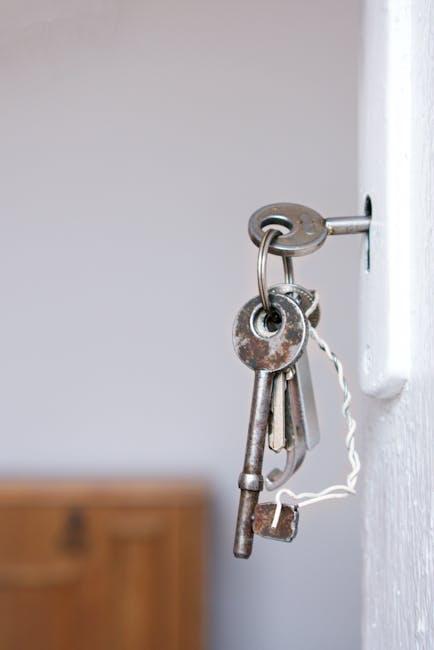
The Role of Security Cameras and Digital Alerts in Detecting Tampering
Modern security technologies have revolutionized how we monitor our homes, making it easier than ever to catch door lock tampering in the act. Security cameras positioned strategically near entrances provide continuous visual monitoring, recording any suspicious activity day or night. Many systems now offer motion detection and night vision capabilities, ensuring that no subtle or nocturnal attempt goes unnoticed. This visual evidence not only acts as a powerful deterrent but also provides invaluable proof for law enforcement if a break-in attempt occurs.
Coupled with cameras, digital alert systems form a proactive shield by sending instant notifications to your smartphone or security panel the moment tampering is detected. These alerts can be triggered by forced entry attempts, unusual lock rotation patterns, or removal of the lock cover. Key features often include:
- Real-time push notifications for immediate action
- Automated alarm activation to scare off intruders
- Integration with smart home systems for seamless control
- Activity logs that help track attempts over time
| Feature | Benefit | Example |
|---|---|---|
| Motion Detection | Detects movement near lock area | Camera records only when triggered |
| Immediate Alerts | Notifies homeowner instantly | Smartphone push notification |
| Alarm Trigger | Deters intruders with loud noise | Doorbell or siren activation |
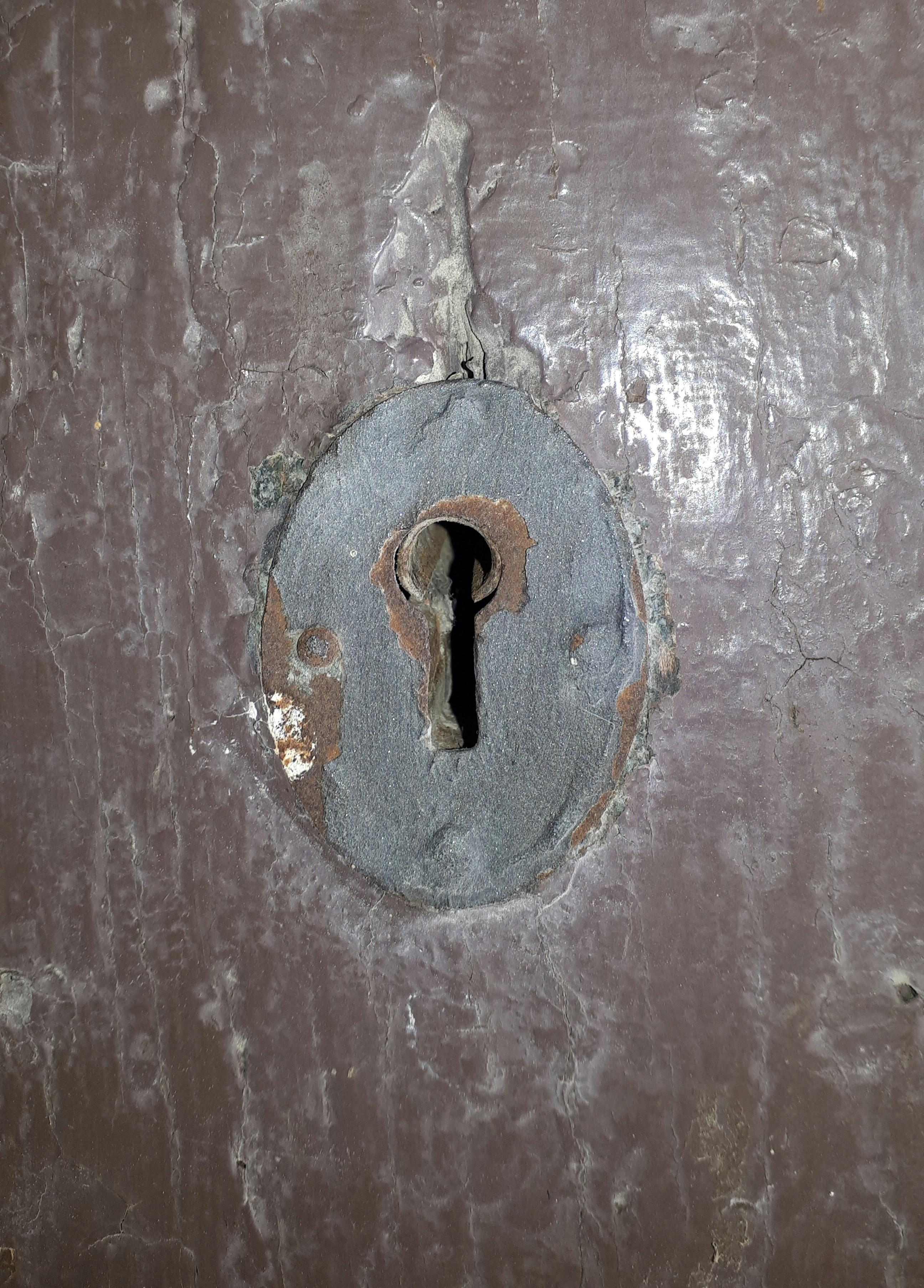
Steps to Take Immediately If You Suspect Your Lock Has Been Compromised
If you have even the slightest doubt that your lock has been tampered with, acting quickly can protect your home and give you peace of mind. The first step is to avoid using the lock until it can be inspected; further manipulation might worsen the damage or erase important evidence. Next, document everything-take clear photos of the lock, noting scratches, dents, or any signs of forced entry. These records can be invaluable if you decide to involve law enforcement or insurance agencies. Lastly, contact a professional locksmith immediately. Experts have the tools and knowledge to assess the damage, recommend repairs, or suggest entirely new lock systems designed to thwart future tampering attempts.
Simultaneously, consider enhancing your home’s security with a few straightforward measures that can deter intruders effectively:
- Change or rekey your locks to new keys after confirmed tampering
- Install a smart lock with activity alerts and remote access control
- Upgrade door hardware with reinforced strike plates and longer screws
- Set up surveillance cameras near the entrance to monitor suspicious activity
| Step | Action | Benefit |
|---|---|---|
| 1 | Photography & Documentation | Preserves evidence for investigation |
| 2 | Contact Locksmith | Expert assessment & quick repair |
| 3 | Security Upgrades | Prevents future tampering |
Q&A
Q&A: How to Tell If Your Door Lock Has Been Tampered With
Q1: What are the common signs that a door lock has been tampered with?
A1: Look for scratches or unusual marks around the keyhole or on the lock itself. You might notice bent or broken key pins, sticky or stiff operation, or evidence of forced entry such as a splintered door frame or loose screws. Sometimes, a lock that suddenly refuses to turn or feels gritty inside could be a red flag.
Q2: Can subtle changes in the lock’s appearance indicate tampering?
A2: Absolutely. Even small signs like chipped paint around the lock, a misaligned strike plate, or fresh tool marks can indicate someone tried to manipulate the lock. Keep an eye out for inconsistencies compared to how your lock normally looks and feels.
Q3: How does lock picking leave traces that a layperson can detect?
A3: Picking often leaves tiny scratches or wear inside the keyhole from lock picks or tension tools. While difficult to see without close inspection, these subtle scratches differ from those caused by a legitimate key and may be visible with a flashlight or magnifying glass.
Q4: Are there any audible clues that might suggest tampering?
A4: Yes, attempts to manipulate a lock can produce faint clicking or scraping sounds, especially at odd hours. If you notice unusual noises near the door or the lock behaving noisily during operation, it might be a sign someone has tried to interfere.
Q5: How can I distinguish between normal wear and tampering?
A5: Normal wear usually appears evenly worn over time, with smooth discoloration or slight loosening from frequent use. Tampering tends to cause irregular damage-deep scratches, forced bends, chips, or sudden stiffness-that feels out of place compared to gradual, natural wear.
Q6: What should I do if I suspect my lock has been tampered with?
A6: Don’t ignore it. First, change the lock or rekey it promptly to ensure security. Then, inspect the surrounding area for other signs of intrusion and consider reporting the incident to local authorities. Installing a security camera or alarm system can also help deter future tampering.
Q7: Can high-tech locks show tampering differently than traditional ones?
A7: Digital or smart locks may log unsuccessful access attempts or show alerts if there’s forced entry. Physical signs might be less obvious, but battery drainage, malfunctioning electronics, or strange behavior in the lock’s app can indicate tampering.
Q8: How often should I inspect my door locks for signs of tampering?
A8: Regular inspections-at least monthly-help catch any issues early. After vacations, repairs, or suspicious activity in your neighborhood, it’s wise to check your locks thoroughly to maintain peace of mind.
Keeping an eye on the small details can transform a simple lock into your first line of defense against unwanted visitors. Stay observant and proactive-your security depends on it.
Wrapping Up
In the quiet corners of our homes, a door lock stands as the silent guardian of our safety. Knowing how to spot the subtle signs of tampering transforms you from a passive homeowner into a vigilant protector. By tuning into those small, often overlooked clues-scratches, misalignments, or unexpected resistance-you reclaim control over your space and peace of mind. Remember, awareness is your first line of defense, and a well-guarded door is more than just a barrier; it’s the quiet promise of security waiting to be honored. Stay observant, stay safe.


